Scotch Brite scouring pads help to properly scrub our pots, pans, sinks, and whatnot. These pads can clean off tough dirt but you want to save your utensils from scratches to keep them intact for a long time.
While scouring sponges and pads are great for home use, people hesitate to use them on stainless steel utensils for the fear of getting scratches on them.
This article will answer questions related to scotch brite and scratches on stainless steel. Also, You would need to get scratches off your stainless-steel pots, pans, serving utensils, and other surfaces. We’ll be giving step-by-step procedures on getting rid of these scratches.
Will Scotch Brite Scratch Stainless Steel?
Scotch Brite will slightly scratch your stainless steel items and surfaces but less than other steel wool pads. Scotch brite pads leave fewer stains than other scourers and cut through and remove tough soil, grease, and burnt food with ease.
Some cleaning scourers like steel wool or steel brushes can leave your stainless utensils looking rough.
They are abrasives and leave little particles on your stainless kitchen utensils. These particles end up rusting and staining the surface of your stainless.
Chrome is a similar in look to stainless steel but shinier. Scotch brite will also scratch chrome surfaces due to its abrasiveness.
How Do You Use Scotch-Brite on Metal (Stainless Steel)?
Stainless steel can be found in most households. Almost all kitchen appliances have this shiny and sleek metal as a finishing; the sink, dishwasher, fridge, wall oven, our fashion accessories, etc.
When new, these items glow like a new baby but lose their shine over time due to long usage.
If you need to use scotch brite pads on your stainless steel items, you should know how to use them the right way.
The following are step-by-step procedures on using scotch brite to clean stainless steel kitchen equipment.
1- Check the User Manual
Some utensils come with a user manual with specific instructions to clean them and the kind of sponges to use. Thus, checking the manual should be your first step.
The pieces of equipment are different in shape, model, uses, and design. The same cleaning method may not apply to all.
While Scotch Brite sponges can be used to clean any stainless steel surface, you still need to figure out which type is suitable for the surface/utensil; abrasive or non-abrasive.
2- Wash and Scrub the Stainless Steel Surface
When you have figured out the type of Scotch Brite sponge that is best for you, you need to use it to wash the stainless steel surface with some water and soap.
The process differs according to the type of items you are cleaning. For instance; if you are washing the sink, you have to scrub all corners towards the drain. The user’s manual will be the best guide for you here.
3- Rinse with Water
You would need lots of water. Ensure you thoroughly rinse the surface. Don’t leave soap foam at the edges.
4- Inspect the Results
You can inspect the surface after cleaning to ensure that the dirt is washed off completely. Wash your sponge after use for later reuse.
How Can I Get Scratches Out of My Stainless-Steel Sink?
Sink scratches are caused by the constant use of wire sponges and hard metal brushes (which are not healthy for your sink), careless dropping of kitchen utensils with sharp edges, like knives, and using chlorine-based bleaching agents. (Source)
If your stainless steel has been through tough times and emerged victorious with scratches, you can fix them up. It will not come out brand new but it will look better and more decent.
The method to use depends on the number of scratches. Either way, you will find the solution you need.
Below are 5 different ways to get rid of scratches off your stainless steel.
Method 1- Use Olive Oil (For Stainless Steel Sink)
Olive oil can be used to clean that scratch in your sink. It is excellent to get rid of those miniature irregularities. You will have to apply pressure and do it continually.
To do this:
STEP 1: Identify the scratches in your sink.
STEP 2: Get a paper towel or soft cloth and apply the oil to the material used.
STEP 3: Rub it on the scratch in a back-and-forth motion.
STEP 4: Wipe the area dry and check your results.
STEP 5: Do this repeatedly to get the scratches out.
Method 2- Buff the Surface with a Non-abrasive Pad
Buffing off the stainless-steel surface can be a great option to get restore it to its shiny previous state.
You can use non-abrasive pads like 3M Scotch-Brite blue pad and 3M Maroon pad. Non-abrasive pads will not cause any further damage to your surface. Here is how to do this:
STEP 1: Rub the pad across the area. Try to keep the strokes even and towards the direction of the grain. Ensure you apply even pressure otherwise, this may not work.
STEP 2: If you are using the above-mentioned pads, then use the 3M Scotch-Brite blue pad first.
STEP 3: Switch to the other pad to go over the affected area.
STEP 4: Clean with a towel.
Method 3- Use a Commercial Scratch Remover (For Stainless Steel Sinks)
This method is used mostly for deep stubborn scratches.
You can search online or visit your local store to get a commercial scratch removal. They usually come in a kit; a grit pad, a lighter pad, and the remover (which can be in powder form).
Follow the below steps:
STEP 1: Check your sink manual to figure out the instructions on scratch removers to use in case of scratch.
STEP 2: Follow the manual to identify the sink’s grain. This is where the lines of the sink run. You can look closely to find it or use your manual to identify it.
STEP 3: Spray the remover on the affected part of the sink or on the grit. You can read the instructions on the removal to determine the quantity to use.
STEP 4: Apply the grit to the scratch and move in the direction of your sink.
STEP 5: Apply pressure and scrub it. The pressure should be reasonable enough to get the scratch out but not too much to spoil the sink further.
STEP 6: Switch to the lighter pad to get the remaining scratch off. Ensure you read the instructions on the remover to figure out when to do this.
STEP 7: Use a cloth to wipe the area.
STEP 8: Wash the sink with water.
Method 4- Use a Stainless Cleaning Product
A stainless cleaning product can be used to remove small stains from your sink. You can make your choice from the numerous available ones. To use this, take the following steps:
STEP 1: Get the cleaner of your choice, a sponge or cloth
STEP 2: Using the sponge or cloth, apply the soap or powder cleaner to the scratched area. While applying it, move towards the drain. Ensure you apply enough quantity to cover the area.
STEP 3: Remove the cloth and allow the cleaner to dry. It should have a hazy texture when it dries. The time it takes to dry differs according to the product.
STEP 4: You can use a towel to clean the area and examine the results.
Method 5- Wet-Sanding Method
This is another method of removing deeper scratches. It’s done using sandpaper and warm water. You would need two types of sandpaper; the 1000 git and a lesser grit, say 600 grit.
Here is how you do this:
STEP 1: Attach the 1000 grit sandpaper to a rubber block.
STEP 2: Fill a bowl with warm water and soak the sandpaper inside the water. Now, take the soaked sandpaper and rub it on the scratched sink areas. Put pressure and do it evenly.
STEP 3: Re-wet the sandpaper and keep rubbing.
STEP 4: Wipe the area with a towel and check for results.
STEP 5: Repeat this until the scratches disappear.
Conclusion
Abrasives like scoth brite pads, magic erasers, or pumice stones will scratch stainless steel sinks, pots, pans, etc. But these will be barely noticeable and can also be removed using the right methods.
Using non-bleach based disinfectants like Lysol is safe to disinfect your stainless steel surfaces.
You could help prevent your sink from getting scratched by being more careful. Also, learn to remove the scratches as soon as you notice them.

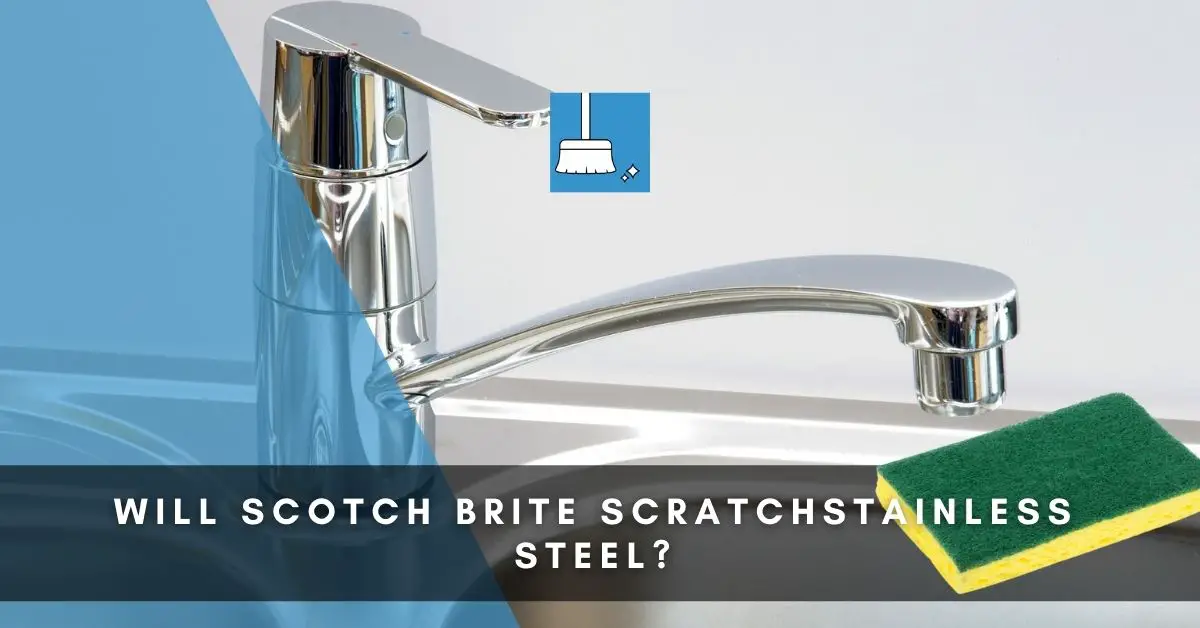
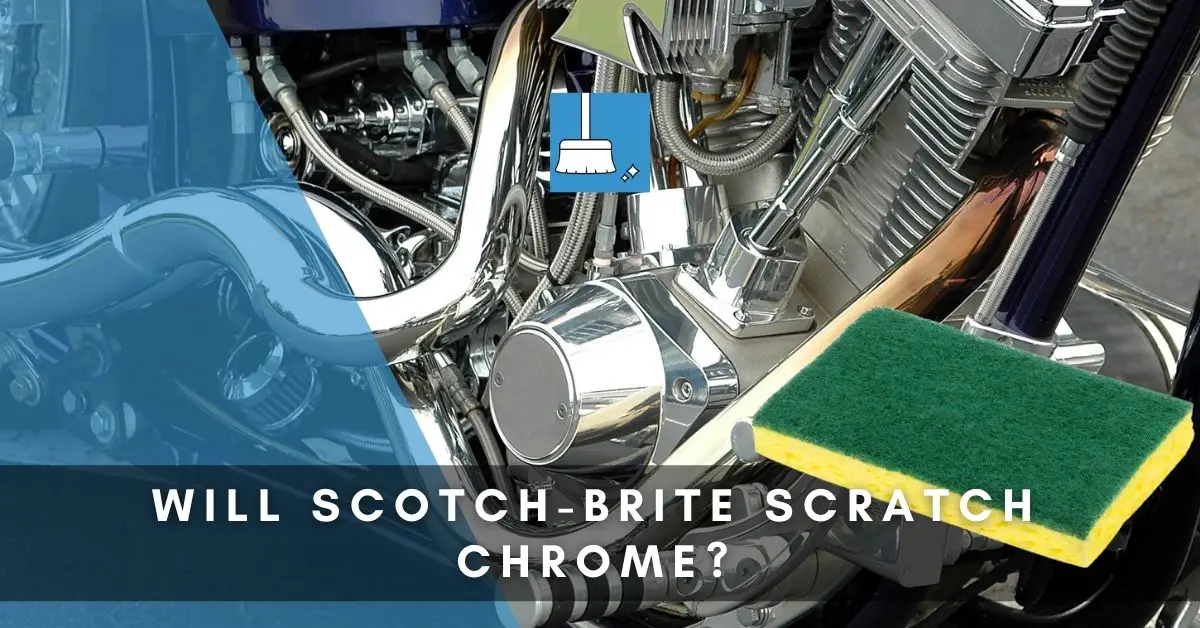
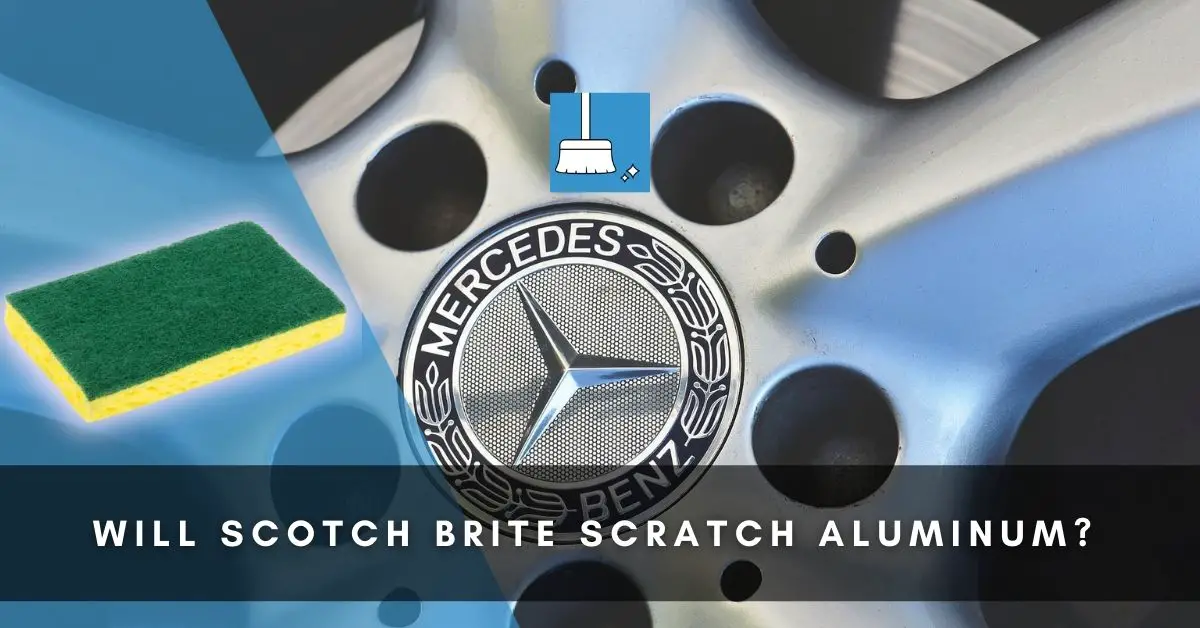
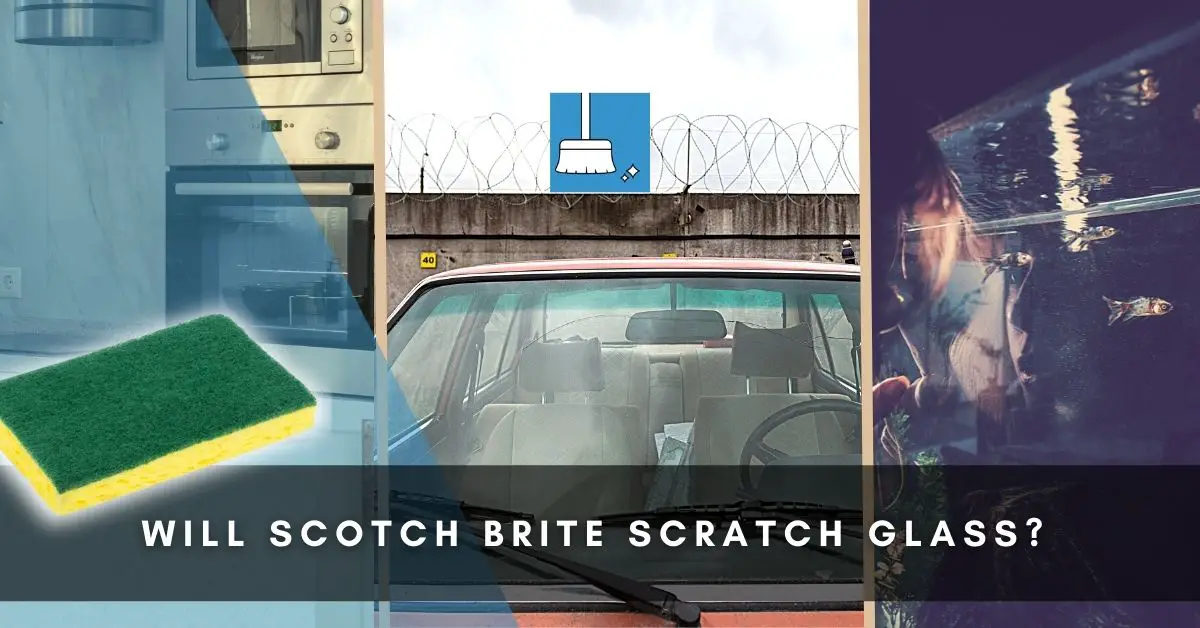
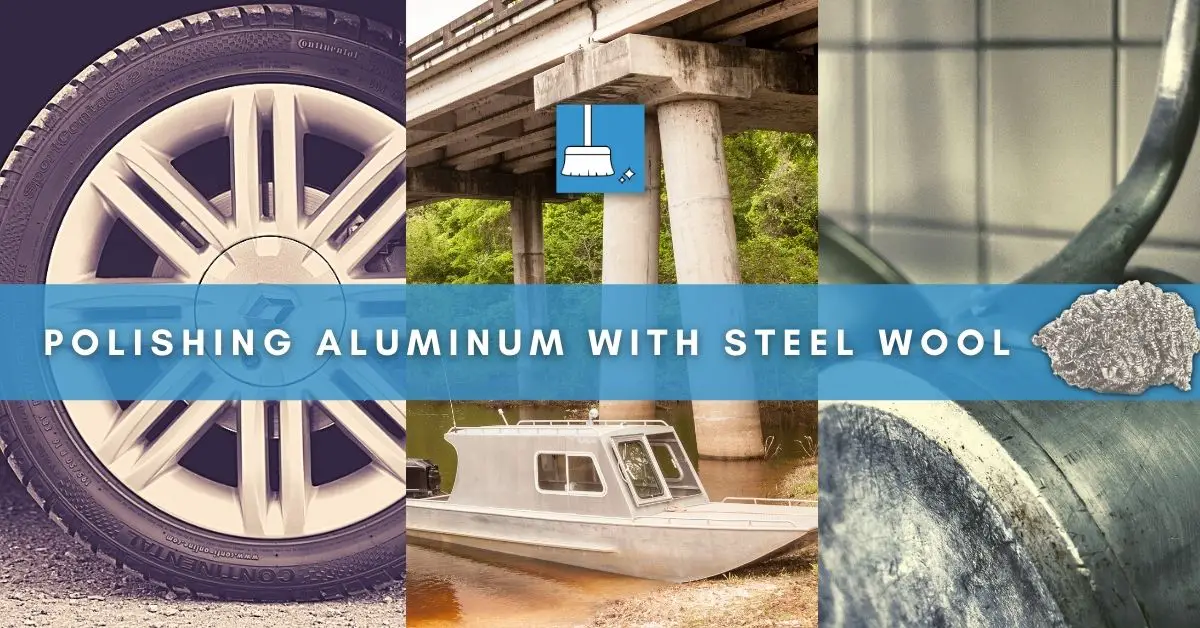
Pingback: Can Lysol Be Used On Stainless Steel? (Explained!) »
Pingback: Can You Use Magic Eraser On Stainless Steel? (Better Ways!) »
Pingback: Can You Use A Pumice Stone On Stainless Steel? (Sink, Stove) »